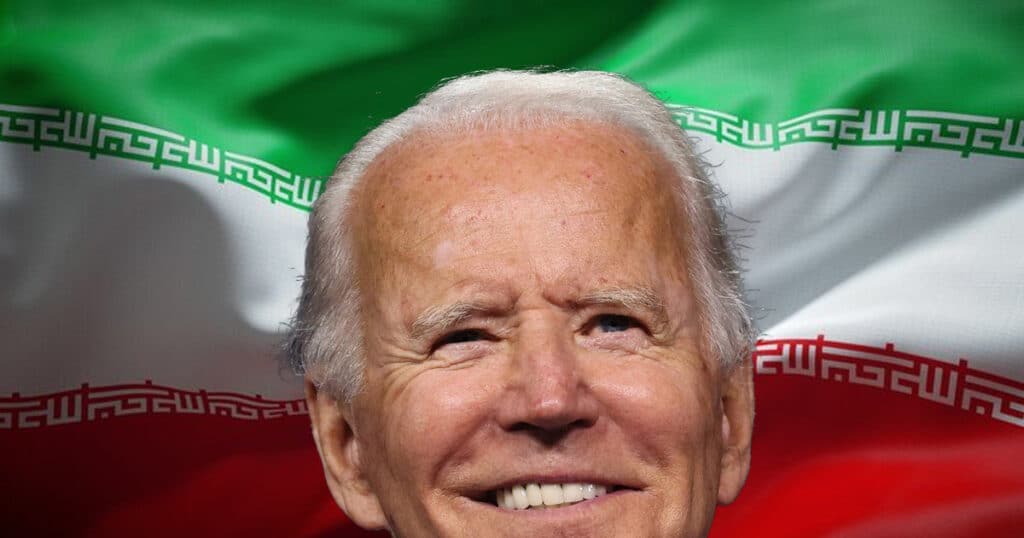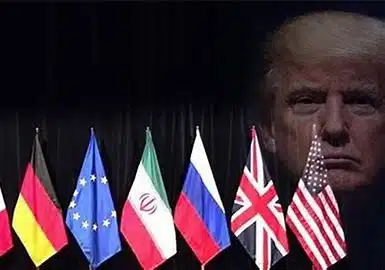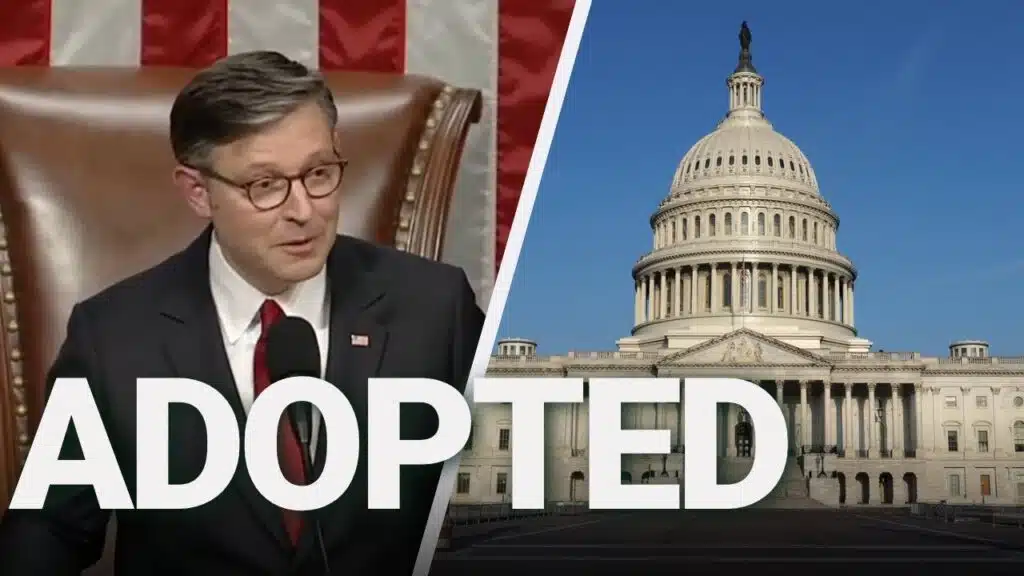
Biden’s Hope for a Stable Middle East: A Mismatch Between Vision and Policy
On October 20, President Biden articulated his administration’s commitment to fostering a brighter future in the Middle East, a vision of a more stable region with “less rage, less grievances, less war.” While this aspiration is noble, it totally contrasts with his administration’s actual approach towards the region. Achieving a peaceful and stable Middle East necessitates a strategy that effectively contains the Islamic regime in Iran, a policy approach President Biden has been reluctant to embrace.
The Islamic regime in Iran is the sole obstacle to peace in the Middle East. The regime has spent the last four decades building a network of 19 armed groups in the region including Hezbollah, Hamas, Palestinian Islamic Jihad (PIJ), Houthis and Hashd al-Shaabi to create instability and foment terrorism and to destroy the state of Israel. The regime has been funding, arming, and training these terrorist organizations in Gaza, the West Bank, Lebanon, Yemen, Syria, and Iraq destroying any chance for peace.
During the recent years, Iran has also intensified on its proxy war against the United States. From the time President Biden assumed office until March 2023, Iranian proxy forces launched 83 drone and missile attacks against US troops in Iraq and Syria. From March onwards, on over 15 occasions, the Iran-backed proxies carried out rocket and drone attacks targeting US military bases in Iraq and Syria. A significant escalation was observed in October 2023 when Iran carried out nine drone attacks on Ain al-Asad and Al-Harir Air Base (formerly Bashur Air Base) in Iraq, and in Syria, which resulted in the death of US contractors and injuries to several troops. On October 23, Iranian-backed forces launched two attack drones targeting American forces at the al-Tanf garrison in southern Syria. The most recent drone and rocket attacks on US troops were carried out on October 24, by Iranian proxy groups in Iraq, where they fired two rockets at US and other international forces based in the Ain al-Asad air base west of Baghdad.
Additionally, Iran is providing financial support and training to terror groups to wage war against the US allies in the Middle East. The regime provides $830 million financial support to Hezbollah annually. Iran also provides Hamas with $70 million financial aid annually, weapons, and technical support to attack Israel. The regime provides an extra monthly financial support of $30 million to Hamas in exchange for gathering intelligence on Israel’s missile capabilities and missile locations.
The Quds Force (QF), the foreign-operations arm of the Islamic Revolutionary Guard Corps (IRGC) and Hezbollah train Hamas operatives how to build tunnels, make and use roadside bombs, rockets, and drones. The IRGC-QF and Hezbollah trained Hamas engineers on how to make rockets, enabling the group to begin domestic production of the short-range rockets.
In the weeks leading up to Hamas’s October 7 attacks on Israel, 500 militants from Hamas and PIJ received specialized combat training from the QF in Iran. The militants participated in the exercises in September, which were led by officers of the IRGC-Quds Force.
Recently, Khaled Meshaal, a Hamas senior leader told Al Arabiya that “Hezbollah and Iran supported [Hamas] with weapons, expertise, and technology” to carry out the October 7th terror attack against Israel.
The regime’s destabilizing activities persist, yet surprisingly, President Joe Biden chose to ease pressure on the regime since taking office. He declined to fully implement the maximum pressure campaign on the regime, which was initiated by former US President Donald Trump.
For instance, Biden administration has turned a blind eye to the regime’s violations of US sanctions on its oil sale. Biden administration allows the regime to sell 1.5 million barrels of crude per day (bpd) on average to China. Iran’s oil exports were fell to 100,000 bpd in 2020 when the Trump administration was running its maximum pressure campaign on Iran, far less from its more than 2.5 million bpd in 2018. The lax sanctions enforcement has led to a dramatic rise in revenues for Iran, estimated to be up to $95 billion since 2020. The regime’s profits from illegal oil sales facilitate its ability to fund terrorist groups such as Hezbollah, Hamas and PIJ.
Iran’s violation of US sanctions through its oil sales represents just one facet of its concerning actions. Additionally, Iran has relentlessly pursued the development and testing of ballistic missiles, contributing to regional destabilization, and creating anxiety among neighboring countries. The IRGC has conducted at least 230 ballistic missile launches since 2015. This includes the testing of the nuclear-capable Khorramshahr-4 medium-range ballistic missile in May 2023 and the notable launch of the Qased Space-Launch Vehicle in September 2023 that placed a satellite into orbit.
These developments and tests were all in violation of the UN Security Council Resolution (UNSCR) 2231, which sought to contain Iran’s missile and drone activity. However, the Biden administration was reluctant to punish the regime for these violations. President Biden refused to trigger the snapback mechanism embedded in UNSCR-2231. As a result, the United Nations’ prohibitions expired on October 18, 2023, and Iran is now free to buy and sell ballistic missiles and related long-range strike technologies to its clients and anti-Western partners such as Russia, for use in the war in Ukraine.
Ending UN penalties on Iran’s ballistic missile program will only embolden the regime to intensify on its arms proliferation. As one expert noted, “the more confident Tehran feels, the more lethal the threat.” In the same way, the regime won’t just be able to provide missiles to its terror proxies, but it might also use the profits from missile sales to support them financially.
Iran has also taken advantage of Biden’s lenient policies and his soft stance toward the regime to move closer to nuclear breakout, which is when a state achieves nuclear weapons capability. The regime’s nuclear program has achieved significant advancements with the enrichment of uranium to a level close to 84 percent. According to intelligence sources, Iran would only need 12 days to produce the nuclear material necessary for its first weapon and it has enough enriched uranium to fuel at least 10 nuclear weapons. A nuclear-armed Iran would significantly heighten tensions and threaten peace and stability not only in the Middle East but globally.
Biden administration has not taken any meaningful action to punish the regime for its dangerous nuclear activities. As a matter of fact, Biden has incentivized Tehran’s march toward the bomb by refusing to impose any consequences on the clerical regime for its provocations.
Should President Biden be serious in his commitment to developing a more stable region with “less rage, less grievances, less war,” a shift in his approach towards the Islamic regime in Iran is imperative.
Realizing a peaceful and stable Middle East requires a strategy that effectively contains the Islamic Republic, a policy stance President Biden has, thus far, shown reluctance to embrace.
Farhad Rezaei is a senior fellow at the Philos Project.
This article was originally published by RealClearDefense and made available via RealClearWire.



